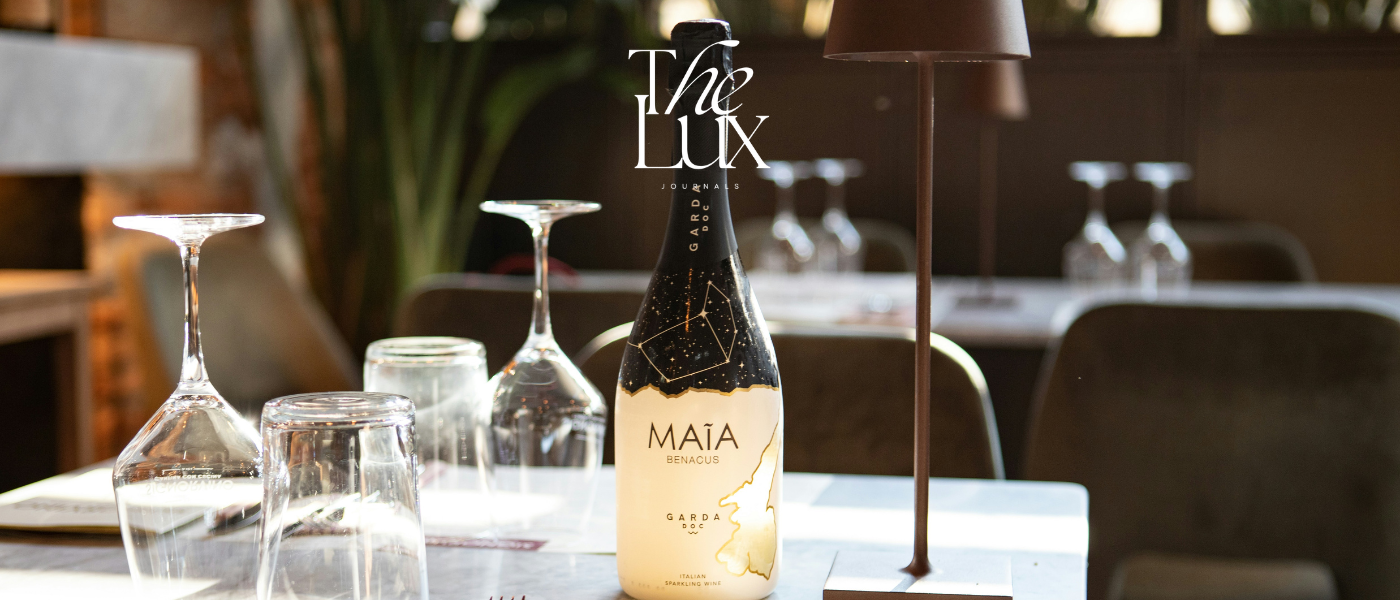
There’s a few wines that have become instagram famous, looking at you Whispering Angel, and that most definitely helps when faced with an extensive wine list and a not too friendly waiter. But what about when you want to try something new, or when shock horror, your usual is sold out. We’re going to detail all that you need to know when choosing wine.
Percentage matters
The wine’s ABV percentage indicates the level of alcohol in the bottle. Most wines fall between 10-15% ABV, with whites usually averaging around 10% and reds near and above 13%. Particularly in the richness and depth of a red wine, go for wines that are 14 - 15% ABV (alcohol by volume), this will give a more full bodied flavour and warmth.
Skip the super cheap
Many cheaper wines start with subpar fruit and need to make up for it, so they’re full of additives and sugar. On the other side of the table, the really expensive wines are usually going to be difficult to tell apart in taste from most mid-range wines. Stick to the middle range in price, not too cheap, not too expensive.
Here’s something to keep in mind when you’re at a restaurant, don’t do what everybody does and opt for the second cheapest bottle on the list. It’s usually the bottle with the biggest mark-up in price, and often the cheapest the restaurant stocks.

The best way to find value is going past these super popular wines and trying new things.
Pick your colours
If you know you like crisp, refreshing whites look for the paler wines and if you prefer richer, buttery whites, look for wines more golden in colour. While this won’t work 100% of the time, it can help you narrow down your choices. A similar method works for rose also with the darker pinker wines usually sweeter and the paler wines, drier and more refreshing.
Pick something you’ve never heard of
Almost everyone's heard of California Cabernet Sauvignon, or New Zealand Sauvignon Blanc. Restaurants charge a lot more for these wines because people recognise them first and feel they're safe so order them. The best way to find value is going past these super popular wines and trying new things. Go further down the wine list and don't be afraid to order a wine you've never heard of or can't pronounce.
If you like Napa cabernets but not their high prices, choose cabernets from Australia. Also, look for wines from Portugal and Spain, two countries where good wine is often underpriced compared with more famous wine producers, such as France and the US.
Food for thought
If you're eating whilst you are drinking wine, keep that in mind when choosing a good pairing. There are rules for pairing food with wine which is extensive and super interesting but we’re not a wine publication so we’ll be giving you the overview.
The basic rule to keep in mind is, be thoughtful of how much flavour is in your food when picking your wine. If it’s a lighter dish go for a good white wine or light-bodied red. If it’s a heavy, spicy or meaty dish, choose something deep and full bodied.
For whites, Sauvignon Blanc, Pinot Grigio or Riesling are the most versatile and pair with almost any vegetable, chicken or fish dish. For red, Pinot Noir is very versatile or a Cabernet Sauvignon or Malbec.
If in doubt, get yourself a good prosecco or champagne. No one rejects a glass of bubbles and they match with almost any dish you can think of (even chippy chips and mayo).
